Chadar trek: walking on a frozen river
It was a cold January night in Delhi. As I boarded the first flight to Leh, the night was about to end.
Right at the break of the dawn, our plane entered the airspace of Ladakh and I got to witness a alpenglow right before my eyes. The pinkish hue was paving the path for the morning sunshine, making the snow-capped mountains glitter like gold.
Finally, it's happening! My dream of walking on a river is about to become a reality.
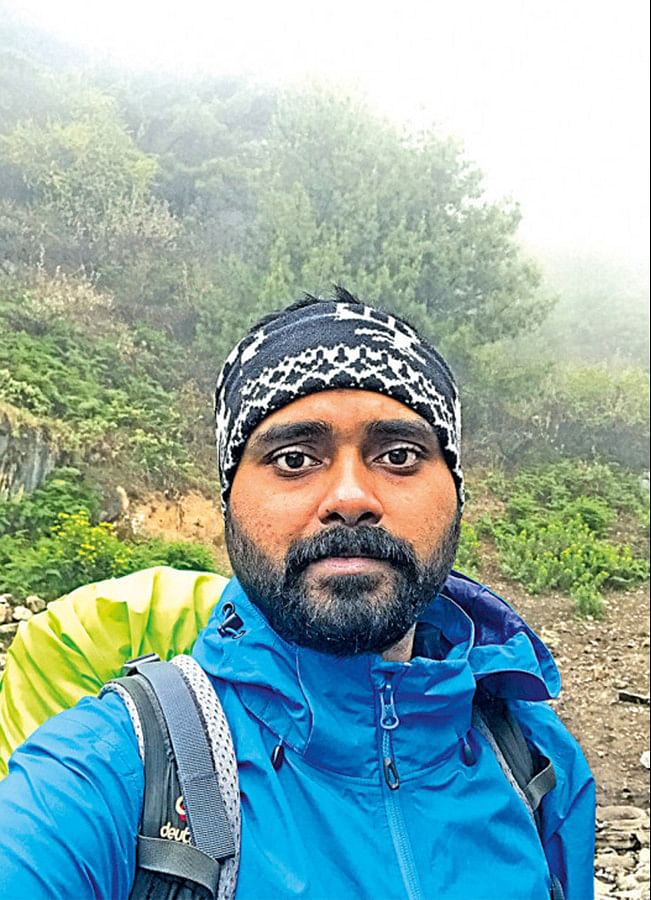
It started about four years ago after watching a documentary on Zanskar, a region that lies in the middle of the Trans-Himalayas.
The documentary showcased the serene beauty of some of the unexplored terrain of the area. It showed the difficulties encountered by the villagers during the winter months when snow closes high mountain passes that connect the region with the outside world.
Salehin Arshady is an explorer, mountaineer, youth activist and writer. He has climbed and documented all the highest peaks of Bangladesh over 3000 feet and explored many trekking routes in the Indian and Nepal Himalayas. He lives by exploring unknown territories and with his writings unearth stories that inspire humans to consider their relationship with nature.
However, it also showed how the Zanskaris have mastered the art of finding their way through the apparently impassable landscape. The documentary was so inspiring that I began to dream about this beautiful trek.
Thanks to Travelers of Bangladesh (ToB), the largest travelling group in the country, the dream finally was about to materialise. All the admins especially, Anika, Rabby bhai, Foysal bhai and Mreedul bhai worked hard to make all the necessary arrangements. And here I was, so close to living my dream.

In the Zanskar valley, a fierce emerald green-turquoise river runs through towering mountains and meanders through deep gorges to join the Indus River in Ladakh. During winter, sub-zero condition freezes over the river, forming a thick slab of ice over it.
Locals call it 'Chadar' or blanket. For ages, they have mastered the art of travelling through this perilous Chadar to reach the city to sell yak cheese and fur and return to the village with essentials like salt. Even small children risk this long and dangerous journey from different villages of Zanskar valley to go to school in other places in Ladakh.
I was in Leh, the biggest town in Ladakh, to trek this historical trail.
The trek is across an ancient route that used to be a part of the Silk Road. On the Frozen River trail, you also have the opportunity to visit and stay in remote Ladakhi hamlets, interact with the locals, and experience from close quarters a way of life that has not changed in hundreds of years.
We stayed four days in Leh to acclimatize and explored the city. Ladakh's architecture, art and culture are deeply influenced by Tibet. Numerous ancient Buddhist monasteries scattered all over this Indian Territory are still maintaining that unique heritage.
On the fifth day morning, we -- five of us from Bangladesh, our guide, and porters with all the equipment -- started the journey in a small tourist bus. Our destination was a small village called Tilat Sumdo on the banks of the Zanskar River.
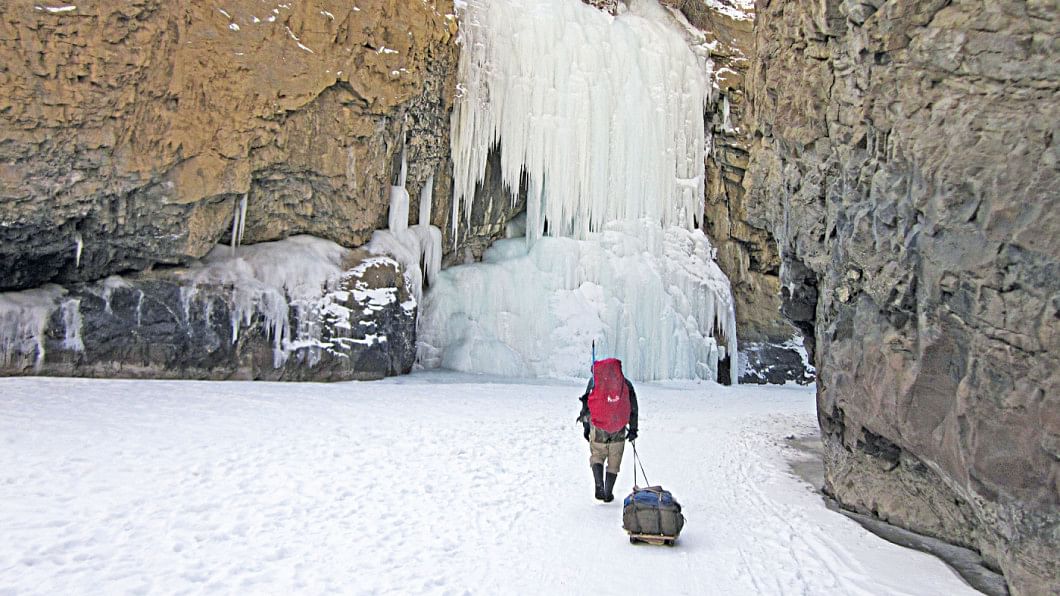
After a three-hour drive from Leh along the Kargil highway, we reached Nimo. This is where the Zanskar River meets the Indus River. After around half an hour's drive from there, we reached our destination.
I set my feet on the frozen Zanskar River for the first time after descending 200 feet from the road. How to describe it? I could hear the angry roars and vibrations of the fast-flowing river under my feet. It was thrilling as well as scary.
As soon as I started to walk over the ice, I realised that it would not be an easy task. The heat of the sun had melted the outer layer of ice making it extremely slippery. I had to waddle like a penguin to reach the other side of the river.
By the time, we reached our first campsite after an hour's trek, I somehow learnt a way to walk on the thin ice. We pitched our tent on the bank next to the river. Far away from the locality, a long winter night fell in the great void surrounded by towering mountains.
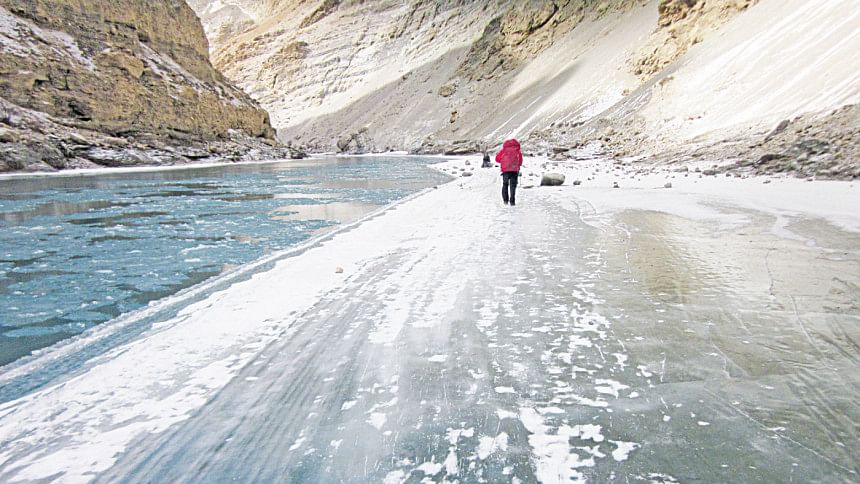
The next morning we went out after breakfast of pancakes and Kargil's famous salty tea. We had to cover a long distance today. Our destination was Shingra Kongma, more than 10 km away.
After entering Ladakh, it was the coldest night of the whole trip. The temperature was minus twenty-five degrees. Even after putting on all the clothes, I couldn't bear the extreme cold. I don't think I've ever waited so eagerly for the sun to rise.
After walking for a few hours, the river suddenly narrowed causing the ice slabs to break up to be floated away by strong current.
We had to leave the river a few times and move forward through the steep hills. Not an easy task to say the least. In some places, we had to crawl over very narrow and thin ice channels that had accumulated on the side of the mountain.
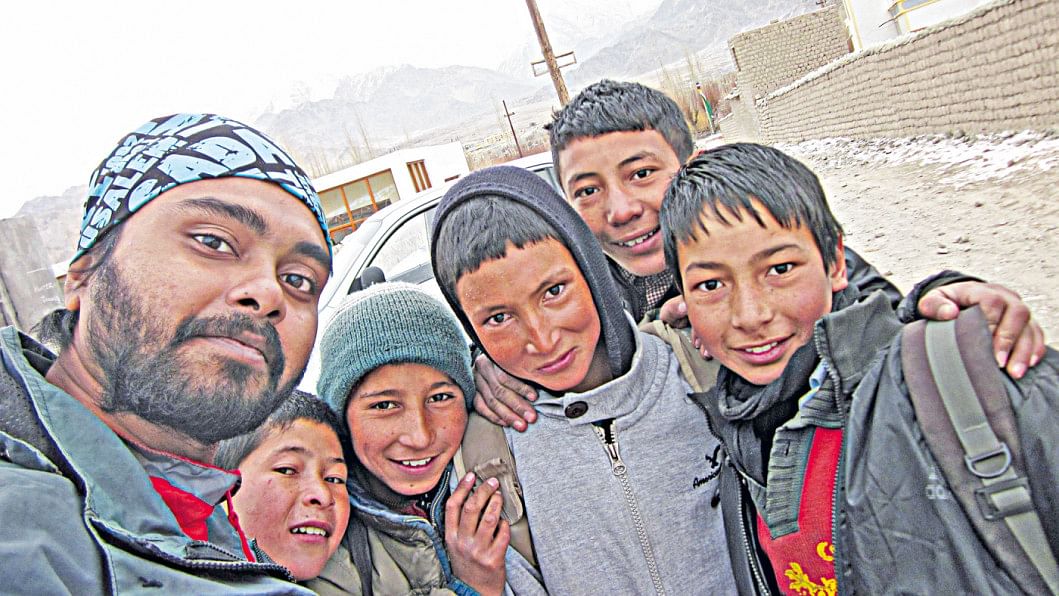
The hollow sound while walking on the newly deposited surface was frightening. With every step, it felt like the ice would break and I would fall into the cold river.
The next day, our destination was Tibb and we had to cover 12km. After walking for a while, we entered the kingdom of frozen waterfalls. This part of the entire trail was the most beautiful. It was as if a wicked sorcerer had frozen everything by magic.
One of these waterfalls comes out of a cave in the middle of the mountain. Ladakhis believe that this waterfall descends directly from Manas Sarovar.
Then we came to the narrowest part of the river. Just as our river Sangu narrows towards Andharmanik, the width of the Zanskar River here was only 8 feet. After crossing this place, we reached our destination 'Tibb'.
A huge cave was found about twenty feet from the river bank. We camped inside. At night a huge fire was lit in the mouth of the cave. We had a sound sleep after a feast with rice and roasted tuna inside the warm cave.
The final destination of our trail was Nerak, an ancient village on the banks of the Zanskar River, 12 km from Tibb. The trek was fairly easy as the ice cover on the river was quite thick.
Close to our destination, we saw Nerak ice fall, one of the largest on the route. We could see a wooden suspension bridge across the river. Ahead was a wide valley covered with white snow, lined with juniper trees. The view at this point was breathtaking.
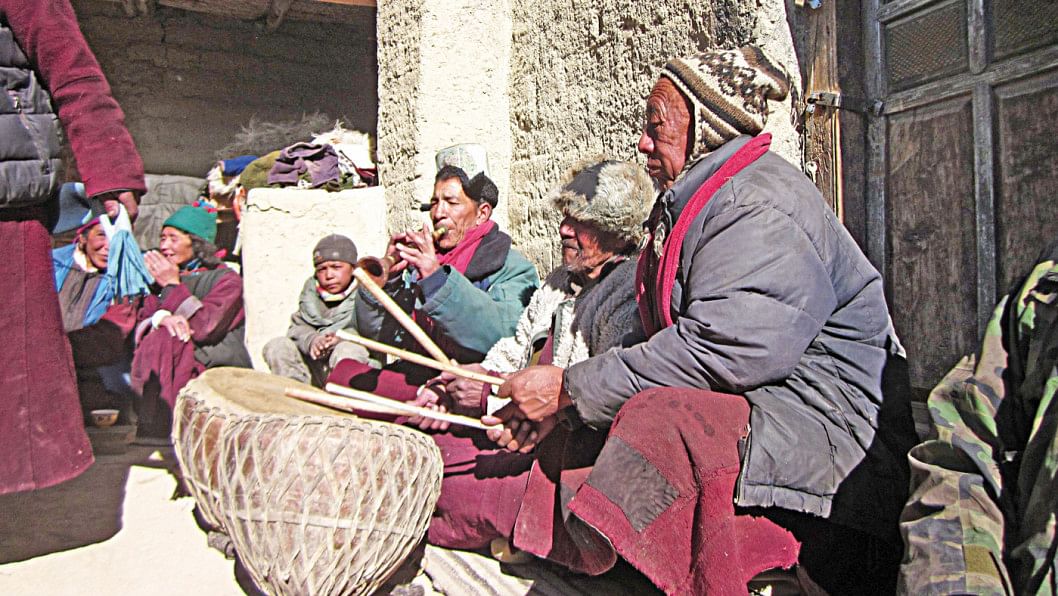
There are two or three stone houses right on the bank of the river. Trekkers come here and stay overnight. The main village of Nerak is about 2000 feet above the river bank. We took shelter in one of the stone houses.
After entering Ladakh, it was the coldest night of the whole trip. The temperature was minus twenty-five degrees. Even after putting on all the clothes, I couldn't bear the extreme cold. I don't think I've ever waited so eagerly for the sun to rise.
The next morning, the sun rose and dispelled the cold spell like magic. It was our reserve day. After a while, we went to see the village, a cluster of stone houses, above.
At the entrance of the village, there was a huge prayer wheel (Dharma Chakra) covered with a canopy. We could hear the sound of music from far away.
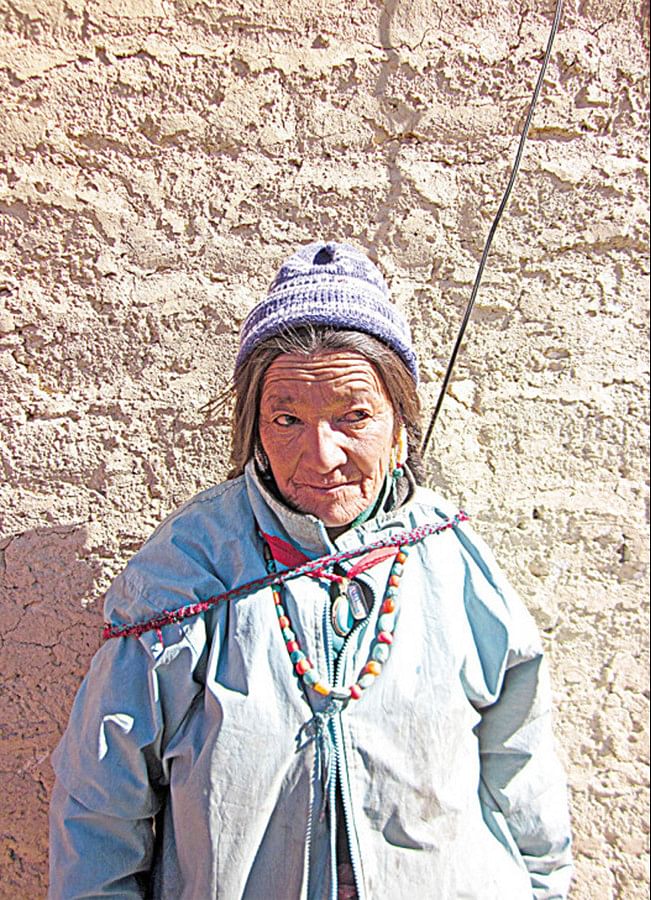
Reaching the village, we got to know a festival was going on that day. Everyone in the village had gathered on the open balcony of a two-storey stone house. A few were playing Ladakhi songs with drums and flutes. The young men and women in the village were dancing in rhythm to that tune. The villagers greeted us warmly. In no time we were one of them, dancing and singing.
We felt very lucky to observe Zanskar culture so close.
Walking across Zanskar was a different kind of spiritual experience for me. It would have been nice to stay here for a few more days. But we had to start our return journey the next day following the same route.
When to go:
The Chadar trek takes place during the months of January and February. However, the ice becomes stable enough for walking safely usually by the third week of January. We completed the round trip in seven days. But you can throw in a couple of days more if you want to explore this area.
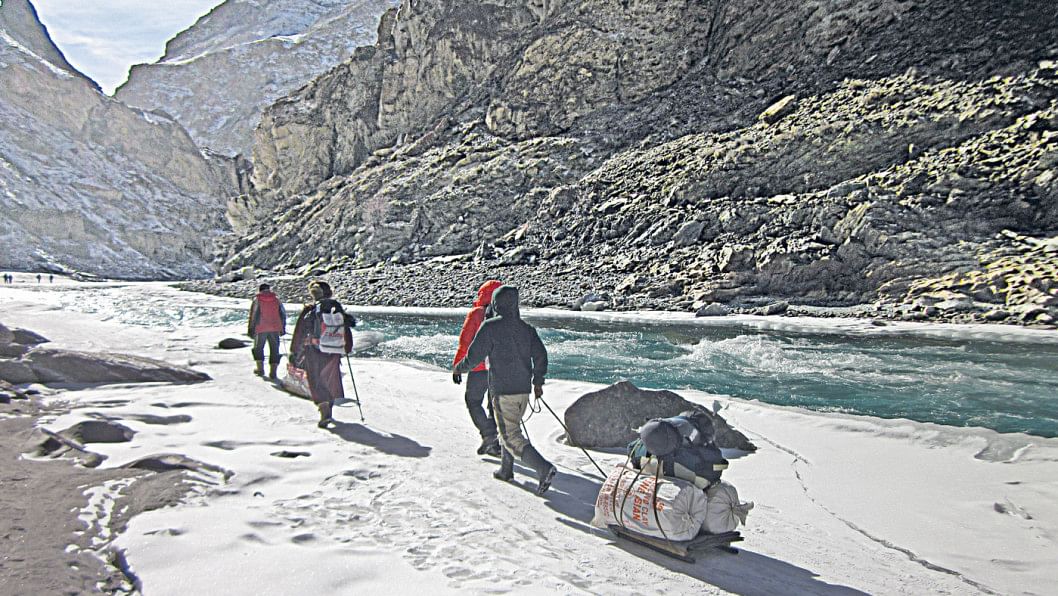
How to go and expenditures:
Direct flights connect New Delhi to Leh, and travel agencies will usually arrange to pick you up from the airport, drop you off at your hotel, and then drive you to your trekking site. Each of us had to pay around 60 thousand for the trip. Expenditures will vary depending on the group size and the amenities you will have during the trek.

 For all latest news, follow The Daily Star's Google News channel.
For all latest news, follow The Daily Star's Google News channel. 

Comments